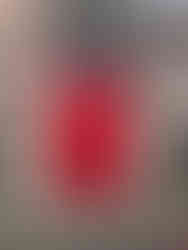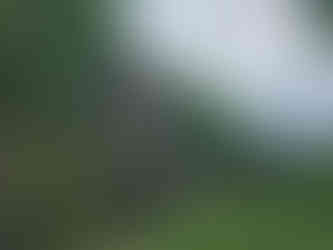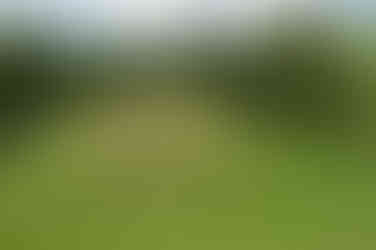Commission for Glenarm Castle, Northern Ireland
- Sunny Wieler

- Jun 23, 2021
- 3 min read

I was recently commissioned to create a art piece for a viewing mound at Glenarm Castle in County Antrim. Said to be one of Ireland's oldest estates, and home to the Earls of Antrim, Glenarm Castle is one of Northern Ireland's top visitor attractions.

Home to the McDonnell family, Earls of Antrim since the early 17th century, Glenarm Castle is still a family home, however the castle’s historic Walled Gardens were opened to the public in 2005. Virtually everything seen in the gardens today has been planted over the past two decades. While there has been a garden in this location since the mid-18th Century, the garden you see today was created in the 1820s to provide the Castle household with all of its fresh produce (an earlier vegetable garden was situated between the Castle and the sea). At its peak during the Victorian era, the Walled Garden would have had between 15 and 20 staff, with additional seasonal staff brought in to help at peak periods.


Today the main garden features decorative herbaceous borders – each with their own distinctive colours and specimens. In recent years, with the help of garden designer Catherine Fitzgerald, they have created a series of decorative fruit gardens echoing the garden’s original purpose. These six garden ‘rooms’ contain ornamental plantings of fruit trees including a pear garden, a medlar garden and an apple orchard and in the final room, at the top left hand corner of the garden a ‘Mount’ was created from which there is a bird’s-eye view across the park and up the glen.
It was here on the top of the ‘Mount’ I was asked to create an art piece that could be used as a compass with various place identified.
The Castle is located on the beautiful Causeway Coast, in the picturesque Village of Glenarm, which is Nestled at the foot of Glenarm Glen, the first of the nine Glens of Antrim. On a clear day the coast of Scotland is even visible as it is lest that 40km away.
My initial contact for this commission was with Hector McDonnell, Hector is the uncle of the current Earl of Antrim and is a well known local artist, known for his realist paintings, To begin working on a concept I spoke with Hector and looked at the gardens and surrounding village for inspiration.
A recurring pattern within the gardens and surrounding area is contrasting patterns of white and black stones, most notably in the cobbled footpaths in the village which have been echoed in a water feature in the gardens.

This contrast of white and back stone spans back to the striking Ulster White Limestone that was quarried in this area. Ulster White Limestone Group is a late Cretaceous lithostratigraphic group (a sequence of rock strata) in Northern Ireland. The name is derived from the characteristic chalk rock which occurs particularly along the Antrim coast. The strata are exposed on or near to both the northern and eastern coasts of Antrim and also between Portrush and Dungiven within County Londonderry. Further outcrops occur between Belfast and Lurgan and between Dungannon and Magherafelt.


The stone harbor as seen in Carnlough today was first constructed in 1854 by the Marquess Marchioness of Londonderry. It was designed to help develop the limestone export trade from the nearby Gortin Road Quarry. Eventually, a railway between the quarry and the harbour was created.
The harbour area is now frequented by tourists for the magnificent views of the Irish Sea and Carnlough Village. The harbour was even featured on the hit television show, Game Of Thrones.
For years, the area surrounding Carnlough was largely dependent on the export of limestone. The white limestone bridges over the streets and the repurposed harbour built by the Marchioness of Londonderry around 1854 were used to transport the limestone by rail from the Gortin Quarry in the hills behind the village down to the harbour for export. Due to the decline in the use of limestone, the quarry and kilns were closed in 1962 but the history of this time is still very much in evidence.

The completed mosaic comprises of contrasting black and white pebbles and Kilkenny Blue Limestone, with a piece of Golden Donegal Sandstone pointing North. Thanks to 0'Connell Stone for sorting me out with some Kilkenny Limestone in a hurry and thanks also to my friend Alex P. for his help with cutting the letters.
































Comments